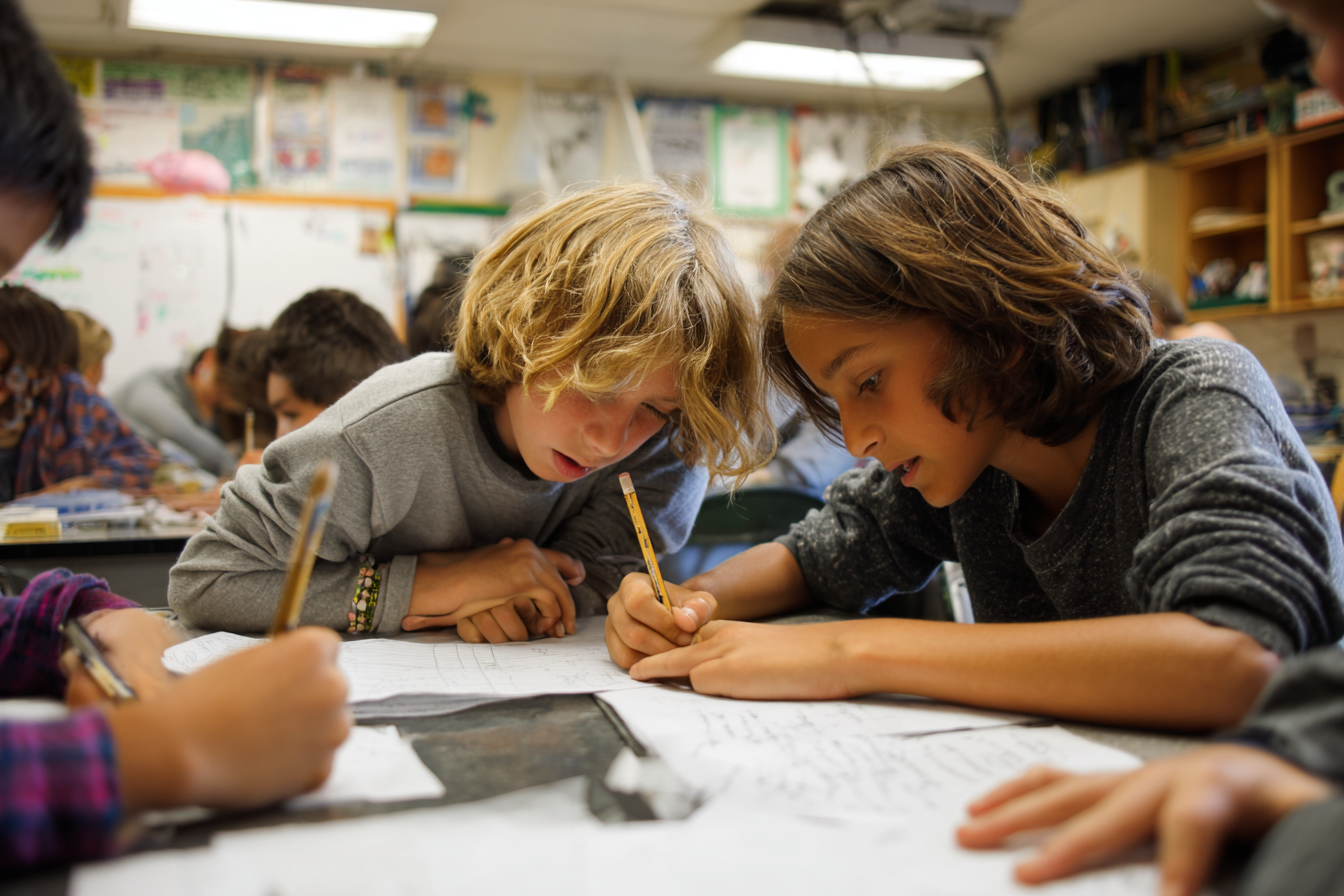Unit Plan 22 (Grade 6 Math): Surface Area with Nets
6th graders build and interpret nets of prisms and pyramids to calculate surface area. They connect geometry to real packaging tasks, using square units, accurate triangle heights, and precise labeling for real-world applications.

Focus: Build and interpret nets of prisms/pyramids; calculate surface area; connect to packaging contexts.
Grade Level: 6
Subject Area: Mathematics (Geometry — Surface Area via Nets)
Total Unit Duration: 5 sessions (one week), 45–60 minutes per session
I. Introduction
Students represent 3D figures by unfolding them into nets made of rectangles and triangles. They use the net to calculate surface area (SA) as the sum of face areas, then apply results to real packaging tasks (gift wrap, labels, tape placement). Emphasis: naming faces, choosing correct measurements (including triangle heights), and reporting answers in square units.
Essential Questions
- How does a net show every face of a 3D figure?
- How do I find surface area by adding the areas of all faces?
- What’s the difference between surface area and volume, and when do we need each?
- How can I use surface area to make decisions in packaging and design?
II. Objectives and Standards
Learning Objectives — Students will be able to:
- Build, draw, and label nets for right prisms and pyramids (faces, matching edges).
- Compute surface area by summing the areas of rectangular and triangular faces from a net.
- Distinguish between triangle height (perpendicular to base edge on the face) and other lengths; use A_triangle = 1/2 * base * height.
- Solve real-world problems (packaging, covering, labeling) and communicate results in square units.
- Check reasonableness with estimation (bounds, rounding) and unit sense.
Standards Alignment — CCSS Grade 6
- 6.G.4: Represent three-dimensional figures using nets made up of rectangles and triangles; use the nets to find surface area; apply in real-world and mathematical problems.
- Mathematical Practices featured: MP.1 (make sense), MP.4 (model), MP.5 (use tools), MP.6 (precision), MP.7 (structure), MP.3 (justify).
Success Criteria — Student Language
- I can draw or build a net that shows every face exactly once.
- I can find SA by adding the areas of all faces and give my answer in square units.
- I can find a triangle height that is perpendicular to the base edge on the face.
- I can explain how my surface area helps solve a packaging problem (how much paper, label size, etc.).
